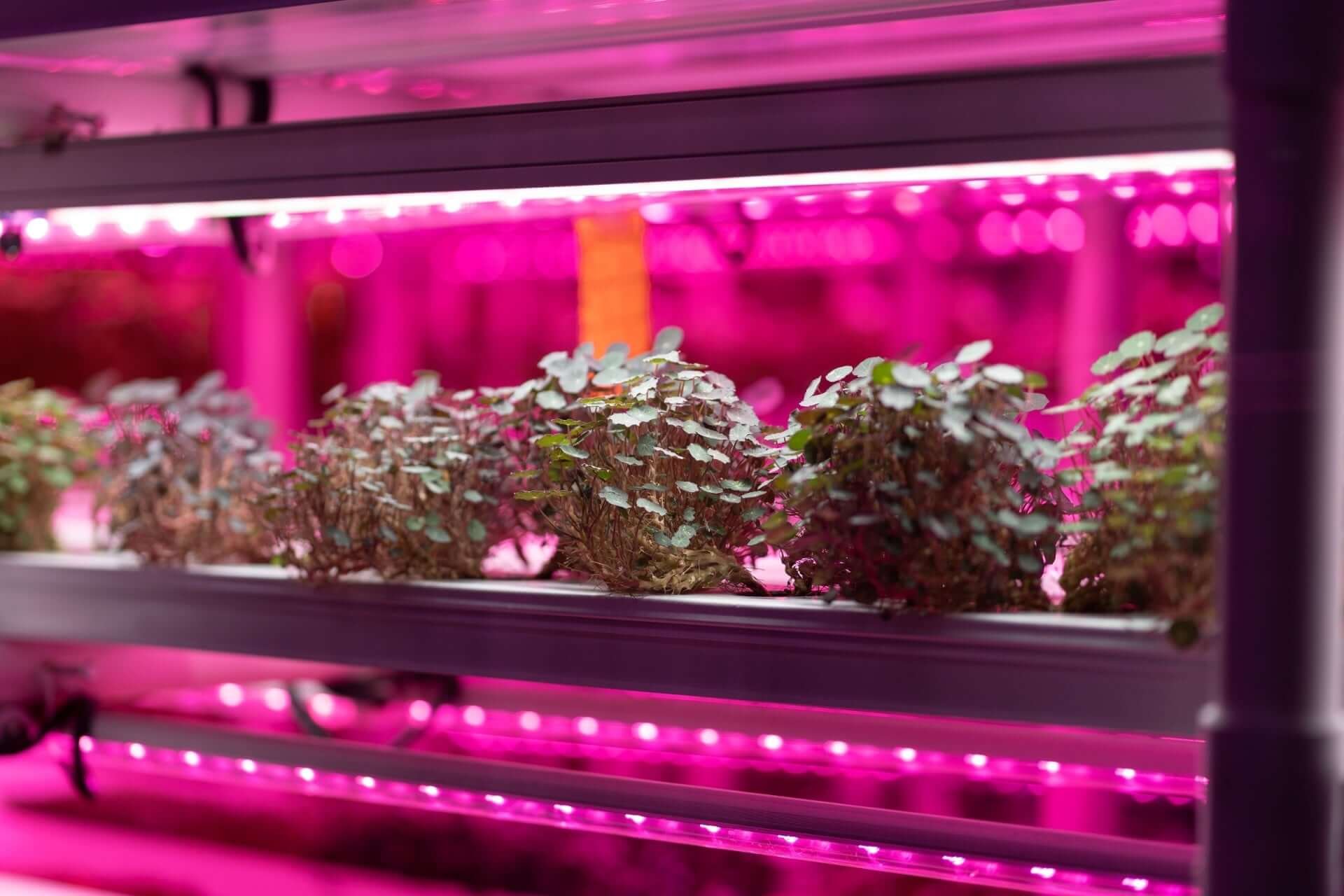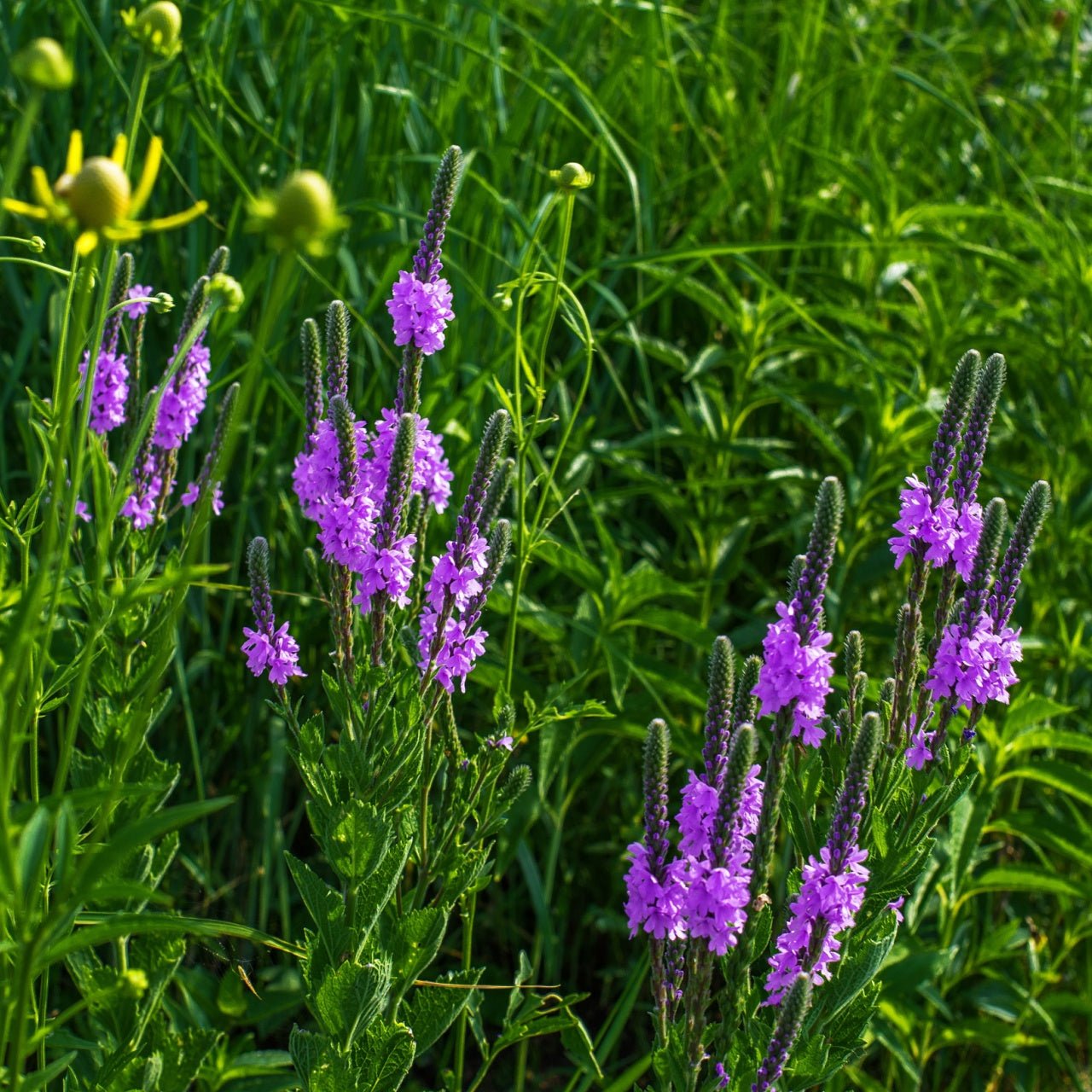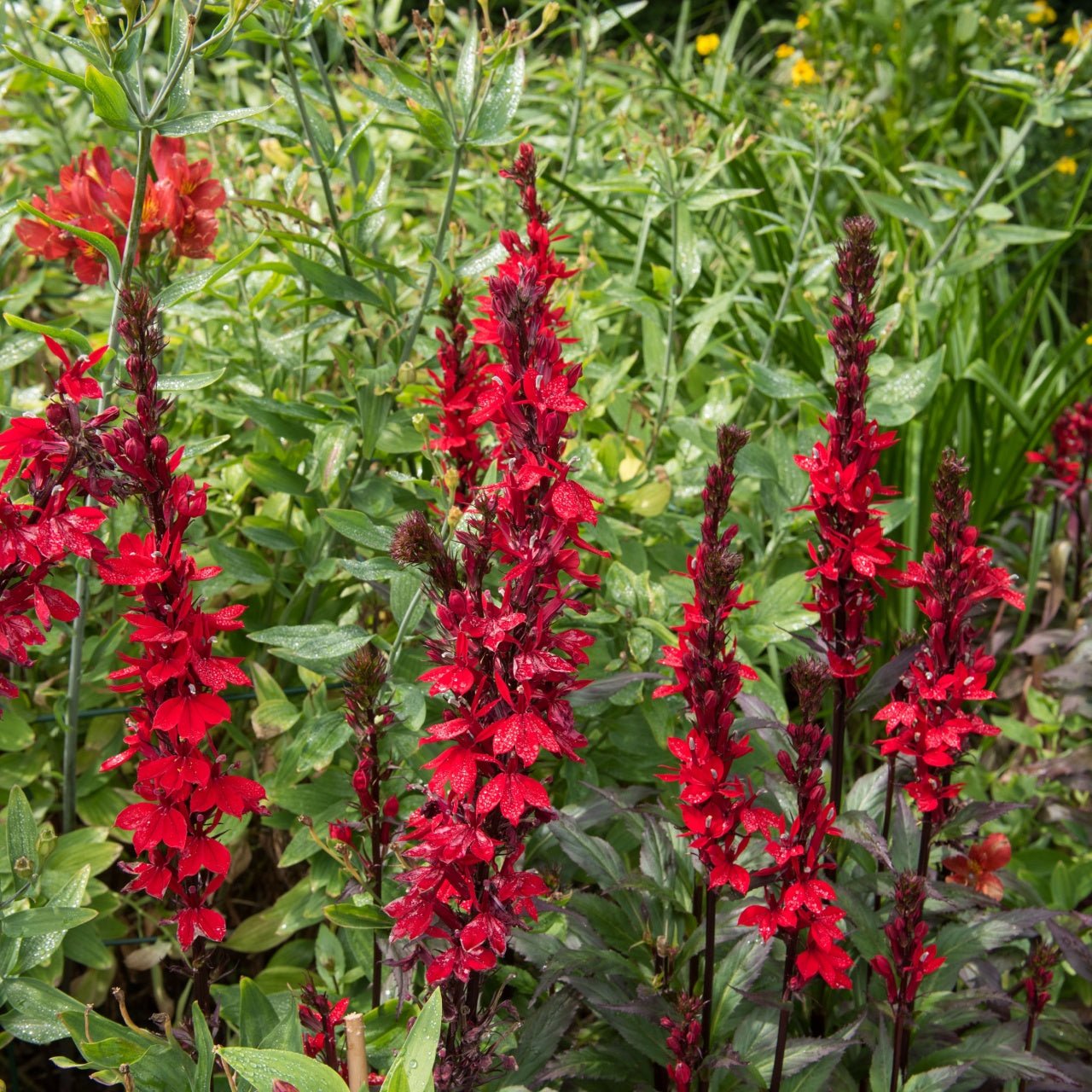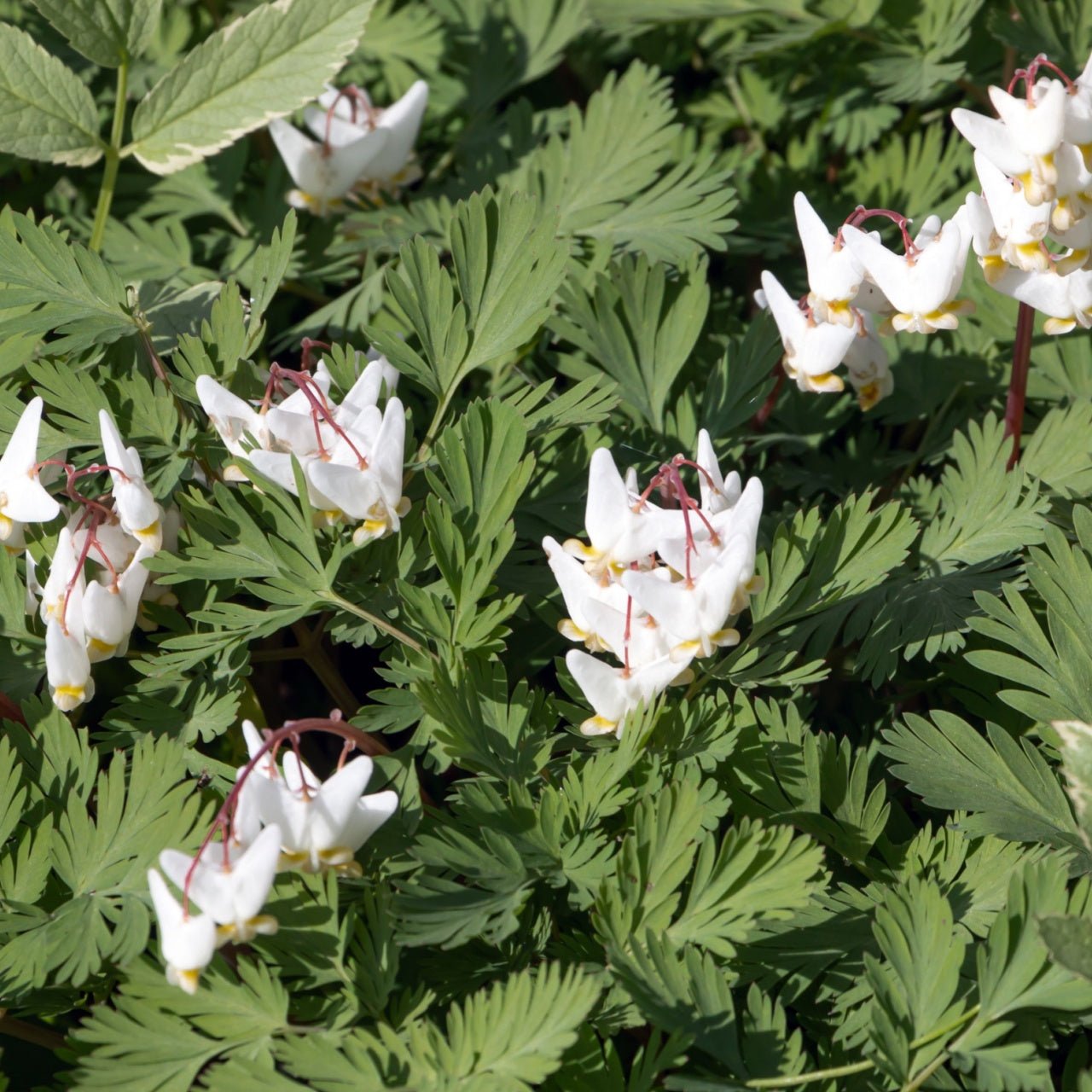Understanding the Needs of Native Plants Indoors
Successful indoor cultivation of native plants requires growers to understand specific lighting needs. Full sun conditions enable many native plants to prosper, while other native plants have adapted to survive in dappled shade environments found in their natural settings. Indoor settings commonly have insufficient natural light, so appropriate grow lights are essential for closing this gap. Grow lights that excel in their function replicate natural sunlight while delivering the entire light spectrum necessary for photosynthesis and robust development of plant foliage and roots. Native plants growing indoors require artificial lighting systems to fulfill their biological functions because sunlight does not provide a constant energy supply like in outdoor conditions.
Selecting native plants for indoor environments determines which grow lights will perform optimally. Wild Ginger (Asarum canadense) and Partridge Berry (Mitchella repens) naturally increase in forest understories where light is scarce, allowing them to flourish under low-intensity LED or fluorescent grow lights. Sun-loving plant varieties like Purple Coneflower (Echinacea purpurea) and Butterfly Weed (Asclepias tuberosa) require higher-intensity full-spectrum lights to develop correctly. Full-spectrum LED lights represent one of the most effective lighting options for reproducing natural conditions for these plants. Essential blue and red wavelengths for photosynthesis and flowering come from these lights.
The selection of superior grow lights requires an examination of their energy efficiency, heat emission levels, and light distribution capabilities. LED grow lights excel because they last longer than other types and save energy while delivering intense illumination without generating too much heat. T5 fixtures represent a fluorescent lighting choice that provides brightness and efficiency for native plants needing moderate light levels. High-intensity discharge (HID) lights deliver powerful brightness to light-intensive native plants but produce significant heat, which requires proper ventilation.
Choosing the Best Grow Lights for Native Plant Growth
Grow light selection for native plants depends on evaluating their intensity levels alongside the spectrum coverage and energy efficiency. Growers often choose LED grow lights for their flexibility and their capability to replicate sunlight conditions. These lights emit blue, red, and white light across the spectrum to stimulate leaf expansion and root development while supporting flowering. Blue Vervain (Verbena hastata) and Cardinal Flower (Lobelia cardinalis) perform best under full-spectrum LED lights because these plants need various light wavelengths to grow properly indoors. The grow lights optimize photosynthesis and produce minimal heat, which prevents plant stress while decreasing the need for extra cooling systems.
Fluorescent lighting is a dependable choice, while T5 grow lights prove especially suitable for native species that tolerate shade. The moderate light requirements of Wild Columbine (Aquilegia canadensis) and Dutchman's Breeches (Dicentra cucullaria) make them ideal for growth under fluorescent lighting. These lights produce a gently diffused light that makes them suitable for native plant cultivation in areas with overwhelming lighting. Fluorescent bulbs have become affordable and accessible options that help novice growers succeed at growing native plants inside their homes.
Growers who need powerful light options can use HID grow lights to provide intense illumination that supports sun-loving native plants through metal halide (MH) and high-pressure sodium (HPS) bulbs. Wild Lupine (Lupinus perennis) and Black Cohosh (Actaea racemosa) thrive when exposed to strong light sources because these lights mimic the intensity of summer sunlight. HID grow lights produce significant heat, demanding correct ventilation and positioning to protect plants from damage. Despite their exceptional performance, their high energy usage and heat generation result in lower efficiency than LEDs.
The proper positioning and exposure time of grow lights directly affect the health of native plants. Native plants need 12 to 16 hours of daily lighting to sustain their continuous growth. Adjustable grow lights with timer functions enable precise light exposure control so plants experience uninterrupted light cycles. Correct light positioning helps prevent excessive heat accumulation and achieves optimum light distribution throughout larger indoor plant areas. Plants native to shaded regions require indirect light exposure, whereas open meadow plants demand direct and intense light sources.
The proper grow light configuration enhances plant development.
Correct grow light setup delivers optimal indoor conditions for native plant species. An artificial yet effective sunlight replacement can be created by matching the light spectrum and intensity to the plants' natural environment. Joe Pye Weed (Eutrochium purpureum) and Golden Alexanders (Zizia aurea) need powerful illumination that replicates their natural prairie or woodland-edge environments, which makes high-output LEDs a suitable lighting solution. Low-growing ground covers such as Pennsylvania Sedge and Wild Strawberry perform optimally in moderate lighting, which can be provided through adjustable LED or fluorescent fixtures.
Reflectors alongside light diffusers ensure uniform light distribution, eliminating weak plant growth from uneven light exposure. Plants placed directly beneath grow lights benefit the most, while peripheral plants develop more slowly. Consistent plant rotation promotes uniform growth through balanced light exposure. Growers can effectively meet the light needs of their plants at different growth stages by using movable stands or hanging lighting fixtures that allow light intensity adjustment.
Maintaining proper humidity and temperature levels is critical when operating grow lights. Native plants, including moisture-loving species such as Marsh Marigold (Caltha palustris) and Jack-in-the-Pulpit (Arisaema triphyllum), need higher humidity when combined with artificial lighting. To keep humidity levels ideal for plant growth, growers should place humidity trays near grow lights or carry out regular plant misting. Prairie Smoke (Geum triflorum) and Butterfly Weed survive well in dry settings when exposed to moderate humidity and steady airflow.
By monitoring how plants react to grow lights, we can identify if any modifications need to be made. Plants developing elongated stems or displaying pale foliage typically require more light exposure. When plants show leaf scorching or wilting symptoms, it points to too much light intensity or excessive heat. Changing the height, length of exposure, or kind of growth light helps native plants achieve optimal balance for proper growth.
The most effective indoor grow lights for native plants deliver full-spectrum lighting along with energy-saving features that can adjust to plant-specific requirements. LED grow lights are preferred because they replicate sunlight while saving energy. Fluorescent lights provide shade-loving plants with soft yet efficient illumination suitable for their needs. HID grow lights demand extra maintenance to control heat production and power usage. Through proper grow light selection and setup optimization, native plants can flourish indoors, allowing homeowners to experience natural habitat beauty inside their homes.
Creating an Indoor Sanctuary: Dedicating a Space for Grow Light Plants
Transforming a space in your home with grow lights and plants creates a project that delivers multiple advantages beyond visual appeal. You can build a thriving mini-ecosystem for indoor plants by creating a unique space with additional lighting that enables plant growth without natural sunlight. Through meticulous planning of layout and lighting along with environmental conditions, you can achieve healthy and vibrant foliage that introduces nature's tranquility to your living space.
Choose a location within your home for your plant oasis where you can maintain consistent temperature and humidity levels. If proper ventilation is arranged, unused areas like spare rooms, living room corners, and unoccupied closets can become suitable spaces. Consistent fresh air delivery for indoor plants can be accomplished by opening a door slightly or using a small fan to move the air. Proper airflow stops stagnant environments from developing, which could attract pests or diseases.
After selecting the location for your indoor sanctuary, you need to carefully plan both the installation and management of your grow lights. There are multiple lighting solutions available, and each option brings unique benefits. Certain lighting fixtures maximize energy savings, and others produce a wide range of light that is similar to sunlight. Install your chosen fixtures in a way that allows their light coverage to spread uniformly across your designated area. The positioning of your grow lights should change based on how your plants grow naturally. You should attach the fixtures to adjustable brackets, allowing you to change their height whenever necessary easily.
Adequate watering and feeding management is crucial in establishing a booming indoor plant area. Your setup size and complexity will determine whether you must set up a basic drip irrigation system or use trays beneath containers to collect surplus water. The setup maintains cleanliness while protecting floors from excessive moisture buildup. Plan methods for establishing sufficient drainage in every pot. Root problems develop from overwatering, which makes drainage holes and proper potting media necessary.
Controlling environmental conditions remains an essential factor when caring for plants. The best conditions for indoor plants exist when temperature and humidity levels maintain consistent stability throughout the home. A compact humidifier or dehumidifier is essential for sustaining proper moisture levels when living in areas with severe seasonal changes. Maintaining a steady environment through consistent monitoring and adjustments will help keep your plants comfortable during every season.
Consider how you will incorporate this designated plant area into your everyday routine. Consider adding seating arrangements or shelving units with a small table to enable eye-level interactions with your indoor garden. Interacting with indoor plants provides relaxing benefits that help you enjoy nature without leaving your house. A well-planned indoor garden with appropriate lighting and environmental care will flourish beneath grow lights and deliver enduring happiness to your home.
Read more

Planting native species that repel mosquitoes offers an eco-friendly strategy to maintain outdoor spaces free from annoying insects. These plants serve as natural mosquito deterrents, enhancing bio...
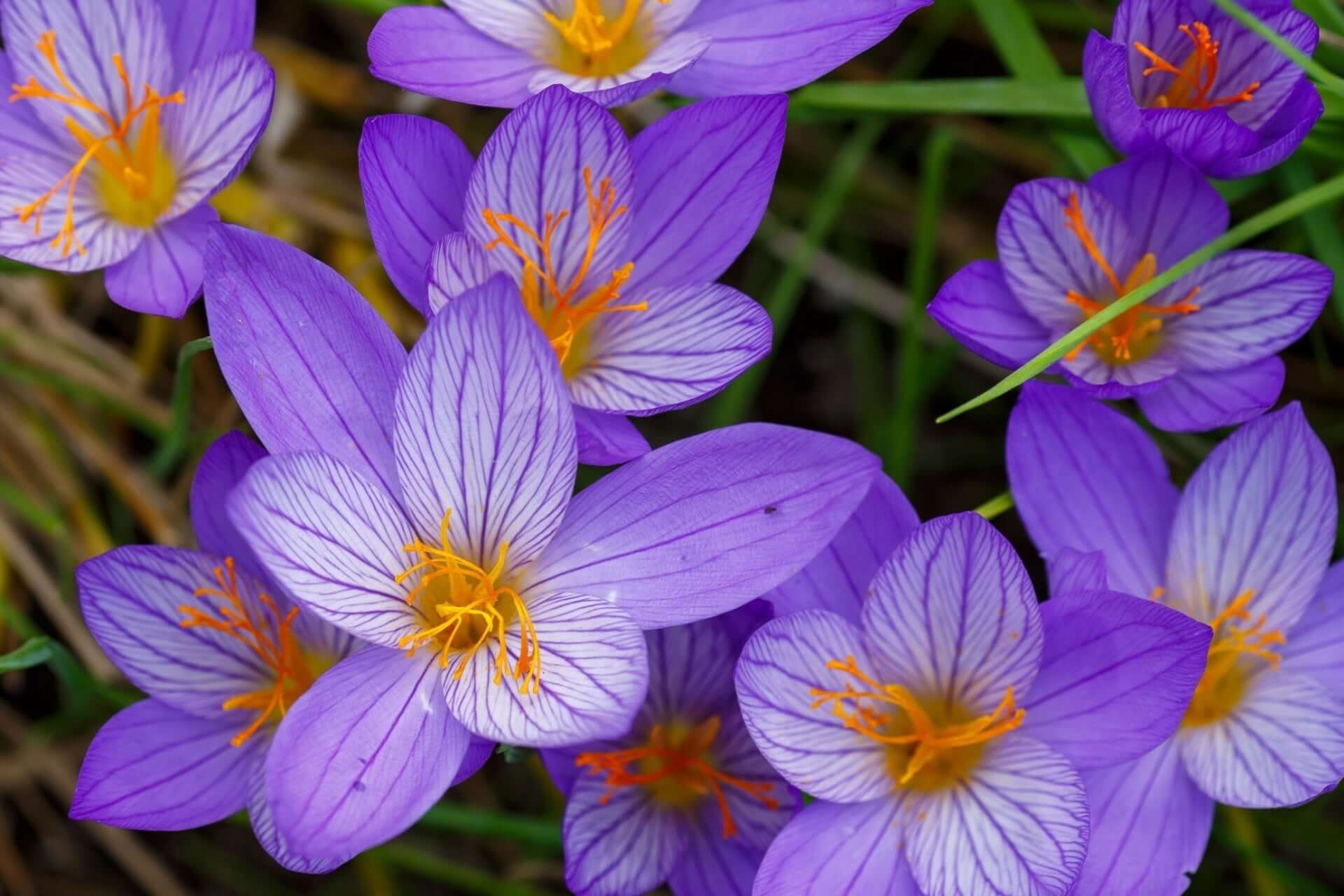
The Crocus emerges as one of winter's last flowers to bloom because it pushes through snow to add essential color to the landscape. This tiny yet striking flower belongs to the iris family and is r...


